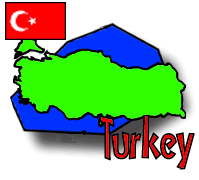Person of the Day: Bengül Kurtar ![]()
Place of the Day: Harem of the Topkapi Palace
Tech Fact of the Day:
Group Dispatch, March 1-2

Questions? Ask Anthony ![]() !
!
Return to Fast Facts
 |
 |
 |
 |
 |
|
Itinerary/ Journal |
Discussions |
About Turkey |
eDscape Projects |
Scrapbook |
|
|
|
|
|
|
Internet access while in Turkey was provided by Raksnet. |
Copyright 1997-99 BikeAbout. All rights reserved.

